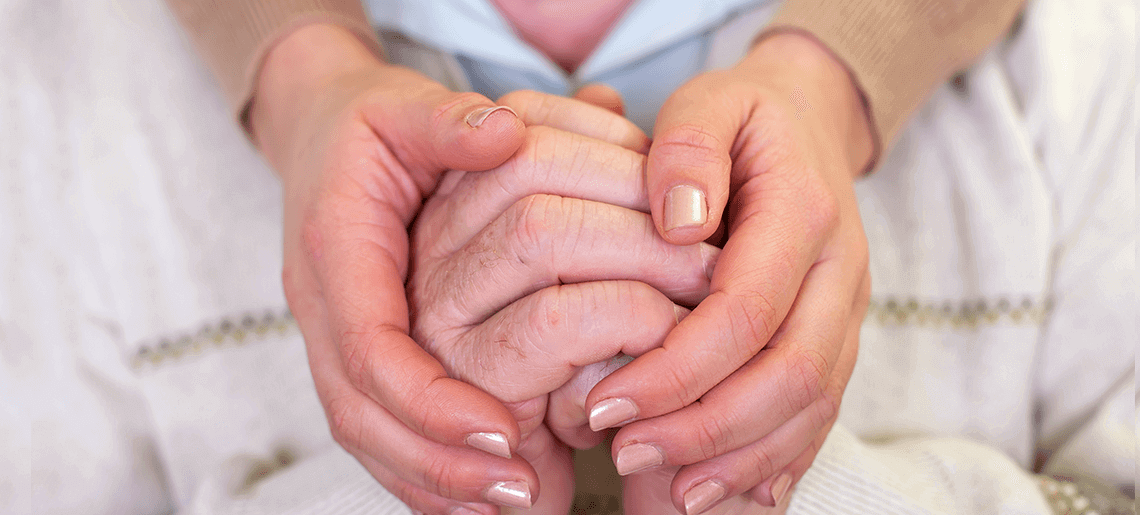Parkinson’s Disease is a neurodegenerative disorder commonly distinguished by tremors in limbs, rigidity, slowed movement, and impaired balance, among other symptoms. The disease affects the physical, mental, emotional and social capacities of a person. Between 50 to 80% of people with Parkinson’s disease develop symptoms of dementia as the illness progresses. Engaging the person in meaningful activities and providing cognitive stimulation can help in slowing its progression.
Interventions like movement therapy, art therapy, music therapy, creative writing, and inter-generational bonding have been shown to make a positive impact on the quality of life for persons with Parkinson’s.
Therapies that help manage frequency and severity of the Parkinsonian symptoms are:
- Physical exercises and activities: walking, aerobics, yoga, tai chi, strength training, cycling, marching, swimming and playing sports like badminton or tennis, when adapted into a routine can be highly useful in managing the progression of Parkinsonian motor symptoms and non-motor symptoms (like gastric concerns and constipation). It will also facilitate good sleep which is a challenge for many people with Parkinson’s. The duration and intensity of these activities should be regulated as per the severity of the symptoms.
- Relaxation techniques: mindfulness-based breathing, guided imagery and meditation are helpful in improving stiffness and rigidity, and also provide the person with the skills to calm and relax themselves.
- Creative writing: maintaining a journal, writing poetry or short stories not only gives the person with Parkinson’s a way to express one’s creativity but also helps in managing micrographia.
- Music therapy: playing musical instruments and dance/movement therapies are helpful in improving bradykinesia, as the activities in these therapies deal with rhythm and beats and can act as natural and intuitive stimuli. The rhythmic sounds and movements aid in bettering the tremors, dyskinesia and managing gait.
- Reading and singing aloud can be useful in maintaining one’s vocal loudness and ability to articulate. Exercises recommended for the vocal strength and speech clarity can also be incorporated in one’s routine.
- Art therapy activities: clay modelling, painting or sculpting are therapeutic, as they provide eye-hand and motor coordination and exercise of hands and fingers. They are satisfying and can be a useful communicative tool to express feelings and thoughts.
Encouraging a person with Parkinson’s to be proactive in their daily and instrumental activities (with assistance where needed) will aid in building their self-esteem and confidence as small goals are met. It also helps to retain their sense of independence and can be a source of socialization when such activities are combined with the person’s social circles (such as outings or visits). One may also benefit from involving the family and friends in recreational activities like playing board games and participating together in creative therapies.
Engagement in activities that facilitate physical and cognitive stimulation and social interaction may slow the progression of Parkinson’s. Hence, it is highly recommended that one engages in therapeutic activities to manage the symptoms of Parkinson’s Disease.



